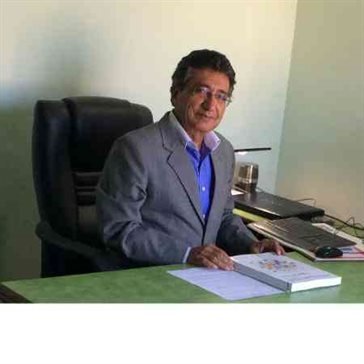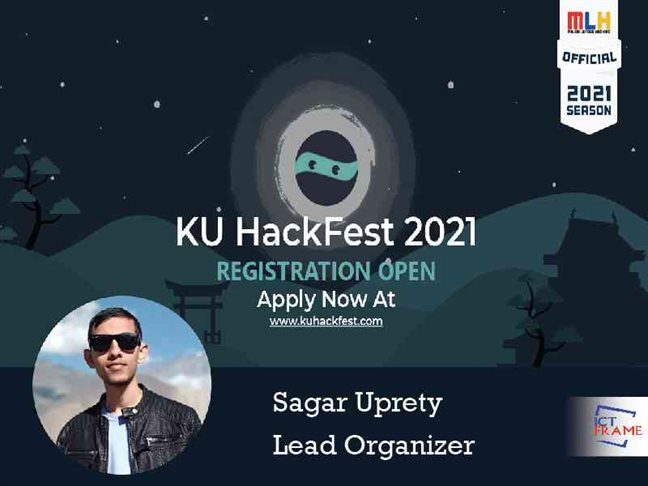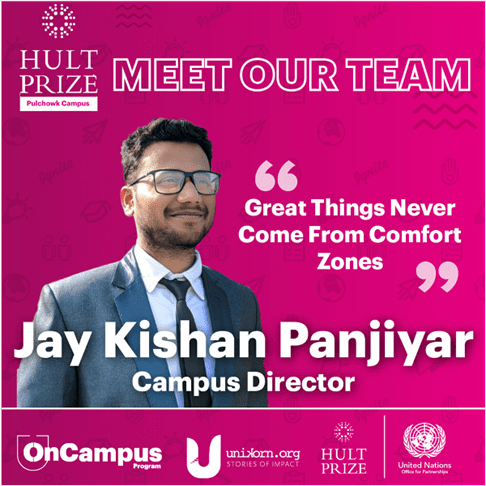E-Governance In Nepal: Prospects And Challenges
The Nepal Government should think of making maximum use of cloud computing as it reduces investment and helps enhance performance.
As Country makes significant progress in the use of ICT with the rapid growth of internet use and the adaptation of the latest technology, the government has also started to introduce the concept of e-governance in public service delivery. However, government agencies lag far behind in using ICT compared to the private sector.
We talked to ICT Expert Mr. Manohar Kumar Bhattarai, who in the past had also worked as vice-chairman of the High-level Commission for Information Technology and is involving in preparing policies related to the ICT, about the trend among government agencies to use new technology, e-governance, benefits and challenges in boosting efficiency in public service delivery.
The Government offices too have started to adopt ICT and to make service useful. How do you observe the current Scenario?
I can feel, many differences between the time when I was a member of the IT policy drafting team in since 2000 and now. There have been many changes in the way government agencies are providing services. They have started to use IT applications. But the bitter reality is that the government agencies have not been able to leap in making the best use of ICT in public service delivery.
Still, preparation for making use of new technology for active service is underground work phase. This is good that the thinking of increasing efficiency through ICT is gaining momentum. Many government agencies currently are just in the step of maintaining their websites and only providing necessary one-way information. In a real sense, e-governance is in the initial phase.
How can e-governance make service delivery easy and useful for a service receiver?
If e-governance is fully implemented, one thing is for sure that a service seeker does not require to visit the office to get things done. Instead, the services are an available online click away on the computer, laptop or mobile. It helps maintain transparency and openness in government services, and thus e-governance can be an instrument to control possible corruption. With the help of data connectivity, government services can be expanded to the areas where the physical presence of the government body is acknowledged. Nowadays the e-governance project is under implementation phase in the coordination of the Prime Minister’s Office. Projects like land reform, smart card driving license and national identity card are in the implementation phase under this program.
What are other plans that the e-governance program includes?
The whole project is focused on three components Government to Customer (G2C), Government to Business (G2B) and Government to Government (G2G).
It is also logical because first, the government agencies should be ready to adopt new technology and establish good coordination among them. The government is also working on Government Enterprise Architect (GEA), which is the main framework required for e-governance and groupware for G2G communication.
Despite having been so important, why is implemented of e-governance master plan very slow?
If you take the example of countries where e-governance practice is good, parties and bureaucracy to use technology and increase efficiency there, in Nepal’s case, both political actors and bureaucrats do not seem to have shown interest as they are supposed to. We have a resource, master plan, and donors but it is not going effectively. There was no readiness and preparedness to change the service delivery mechanism. Similarly, there is a lack of functional connectivity. What needs to make this happen is political will.
While talking about connectivity, you are also involved in drafting broadband policy. Would you please share some of the ideas included in the system?
Broadband connectivity is essential when it comes to the matter of e-governance. If you see a current trend, bandwidth consumption is increasing for video content and other multimedia contents. The power of connectivity is that it can make service available in areas where the physical presence of the government is robust and gap bridge in service delivery. For example, there is a telemedicine for medical health service in rural areas. And the policy has talked of increasing reliable connection across the country at an affordable price. It plans to connect all the districts with fiber optics and in areas where respect across the country at an affordable price. It plans to combine all the regions with fiber optics and areas where connection through the fiber is not possible; it has talked of bringing a provision that supports wireless technology. Discouraging radio spectrum hoarding, meeting the target set by Broadband Commission, increasing the penetration of broadband are some of the objectives of the policy.
Compared to the public sector, the private sector is far ahead in adopting ICT. What are the constraints that prevent the government from using technology to a broader level?
As you know, the private sector is profit oriented. So, they are quick in adopting new technologies for efficiency in doing business and offering better services. They have to be productive and competitive in the market. The government may not feel that kind of compulsion to make service seekers happy. The private sector is at the forefront of IT use. But still, when it comes to the small and medium enterprise within the private sector use, use of IT is low despite enormous potential. The mainly banking sector has made maximum use of IT, and today you cannot imagine banking without this.
In recent times, the Government agencies have also started using IT for making their service available to the public. What should the government do to speed up service delivery based on the IT platform?
To give you an example of online service, the government has started registering companies online. I was also involved in that project. This project in a way has reduced the administrative hurdles to service seekers and make it easy for government officials too. Other Services too should be introduced by different agencies. OCR system and services are based on a stable platform, and I hope it will sustain for a long time. But as we are quick in bringing new things but late in giving continuity, we should also be careful in institutional reforms to provide continuity; we are doing by adopting dedicated professionals. The items getting changed to fulfill personal interest is very bad to trend must be discouraged. We take technology as granted, it is just a tool at the end of the day, and we should update it time to time as a part of institutional reform.
Would you please share us what the fundamentals to make e-governance happen in reality are?
Well, things are looking up in the coming days based on what plans we have.
But, what we require is a commitment from leadership and support from the bureaucratic front. Many projects are just launched because of the individual interest of a handful of people, and they are not followed up later on. So, the government must think of how to make any project sustainable. When we talk of e-governance, it should be backed by fundamentals that include a broadband connection, GEA, digital signature, good cyber law, data security, and e-payment provision. If these things are in place, we can do well in e-governance.
Another thing is that the government should also think of making maximum use of cloud computing as it reduces investment and helps enhance performance. The government can keep main software in Singh Durbar as a part of cloud service from a Computer stationed in an office in a remote place. It reduces complexities with installing software, updating, troubleshooting in the end level user. Source: PCINFO MAGAZINE







